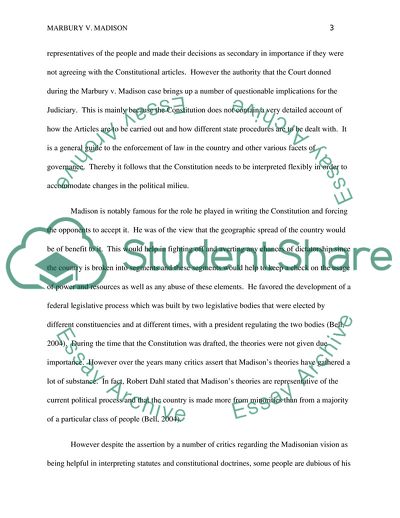Cite this document
(Marbury v. Madison, the Madisonian Vision, and the Supremacy Clause Case Study, n.d.)
Marbury v. Madison, the Madisonian Vision, and the Supremacy Clause Case Study. https://studentshare.org/law/1741818-marbury-v-madison-and-the-madisonian-vision
Marbury v. Madison, the Madisonian Vision, and the Supremacy Clause Case Study. https://studentshare.org/law/1741818-marbury-v-madison-and-the-madisonian-vision
(Marbury V. Madison, the Madisonian Vision, and the Supremacy Clause Case Study)
Marbury V. Madison, the Madisonian Vision, and the Supremacy Clause Case Study. https://studentshare.org/law/1741818-marbury-v-madison-and-the-madisonian-vision.
Marbury V. Madison, the Madisonian Vision, and the Supremacy Clause Case Study. https://studentshare.org/law/1741818-marbury-v-madison-and-the-madisonian-vision.
“Marbury V. Madison, the Madisonian Vision, and the Supremacy Clause Case Study”. https://studentshare.org/law/1741818-marbury-v-madison-and-the-madisonian-vision.


